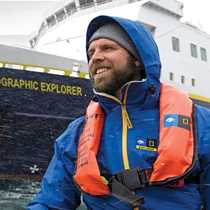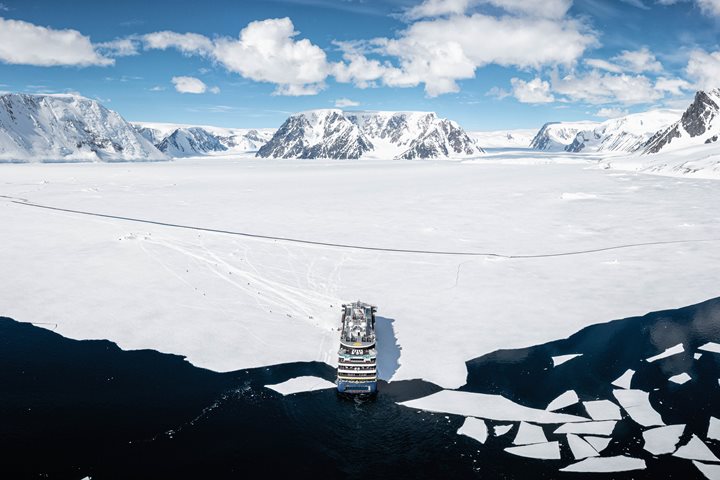Doubtless any polar explorer has attracted as much attention as Sir Ernest Shackleton, nor has any other polar explorer been the focus of so many biographies and documentaries. The veteran of four official Antarctic expeditions, Shackleton made a significant contribution to our geographical knowledge about the bottom of the world. Yet it is the Endurance shipwreck, and the amazing survival of Shackleton’s crew, that sets him apart as one of the most remarkable figures in Antarctic history. Get Inspired By Photos, Videos, Webinars, Stories, And Exclusive Offers. Sign Up
Who Was Ernest Shackleton?
Ernest Henry Shackleton was born on February 15, 1874 in County Kildare, Ireland—about 30 miles outside of Dublin. Distinctly “Anglo-Irish” (of English descent but residing in Ireland for over a century), Shackleton’s family moved back to London when Ernest was only 10. Described as bookish and serious, (he did not touch alcohol until he was almost in his 30s), the free-thinking Shackleton found the super-structured environment of Victorian education a little too rigid and stifling. He left school at age 16 and joined the merchant navy. Signing on as an apprentice aboard the the Hoghton Tower, a square rigger ship, Shackleton literally learned the ropes—over 200 ropes to be exact—memorizing the complex rigging at a time when steam ships had already eclipsed the more arcane tall ships.









